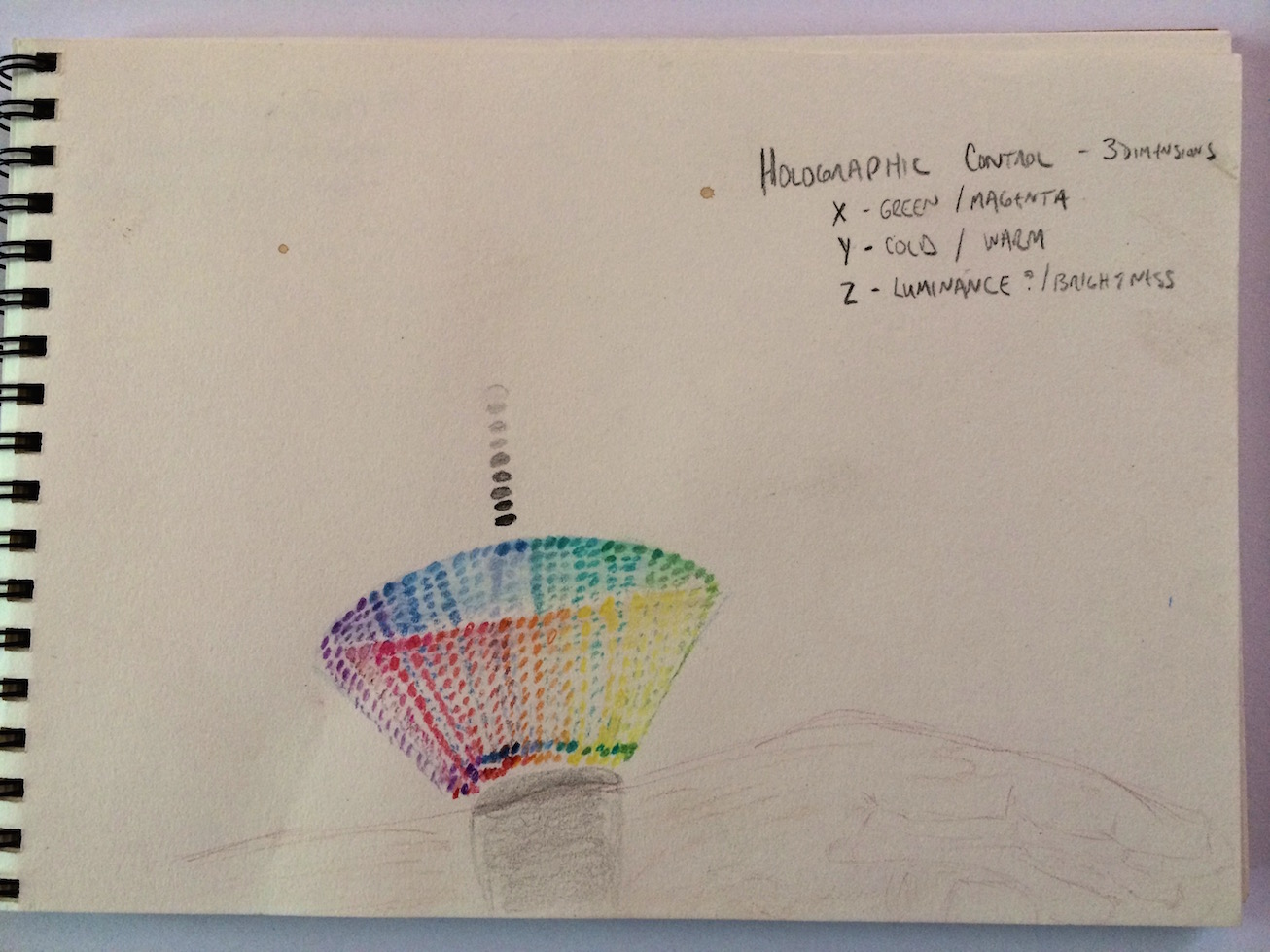rethinking light
CHALLENGE
"Redesign lighting for a time some 10 to 15 years in the future." This meant not only looking at the delivery system of light within homes and businesses, but how people interact with, control and manage that delivery. Oh, and figure it out in six weeks.
Client
Osram Sylvania | Wilmington, MA | 2015, through Innovation Boot Camp
PROCESS
After a week's intense work at Boot Camp, I went home, threw everything out (except the research) and started from scratch on this solo project. I added to the research base with additional focus groups, interviews, industry literature reviews, and ethnography, and learned so much more about people's desire and need for quality of light. I ended up thinking about convergences - looking at the window as an actual source of solar-powered and variable-spectrum light (beyond passive transmission) controlled by a 'holographic' interface to more naturally manage three dimensional data.
Primary Research Findings
Focus groups and testing elucidated themes of dissatisfaction or ambivalent resignation towards artificial lighting, while highlighting a majority preference for natural light environments whenever possible. Participants who expressed satisfaction with their artificial lighting mostly focused on the aesthetic value of the fixtures, not the characteristics of the bulbs themselves (except in negative ways such as too dim, too slow, mismatched color, or confusing labeling). Conversely, stories about natural light more clearly described positive characteristics of clarity, brightness, or how it perceptibly changes an individual’s mood to a feeling of well-being.
Industry research revealed several interesting areas of development, including quantum dot and quantum photonics, plasmonics, hive lighting, and laser diodes. While many of these advances focus on increasing efficiency of energy usage, further research into conscious and unconscious drivers of human light behaviors indicates that, to date, not enough attention has been given to the health-related implications of the quality of artificially-approximated light spectra.






